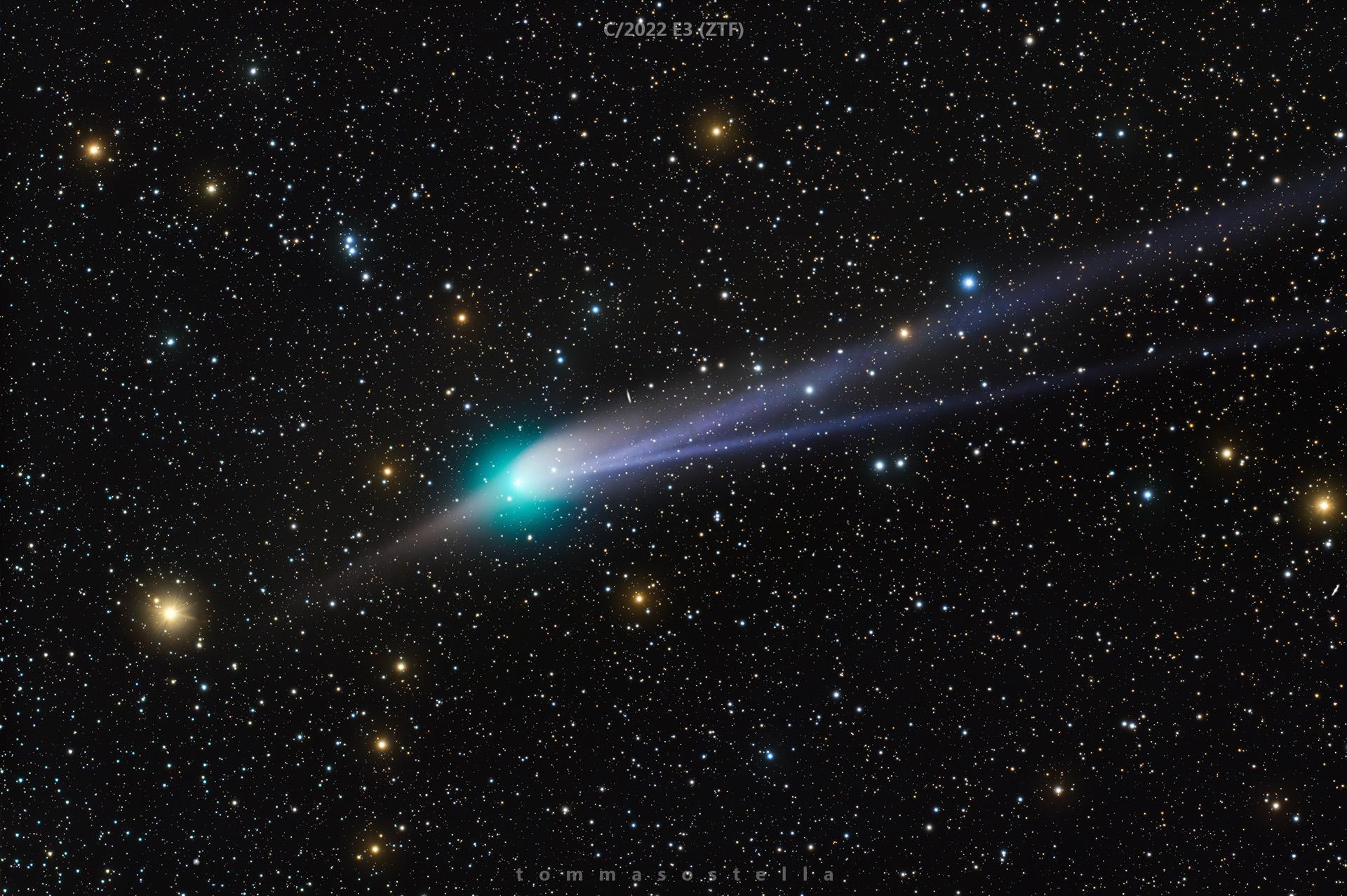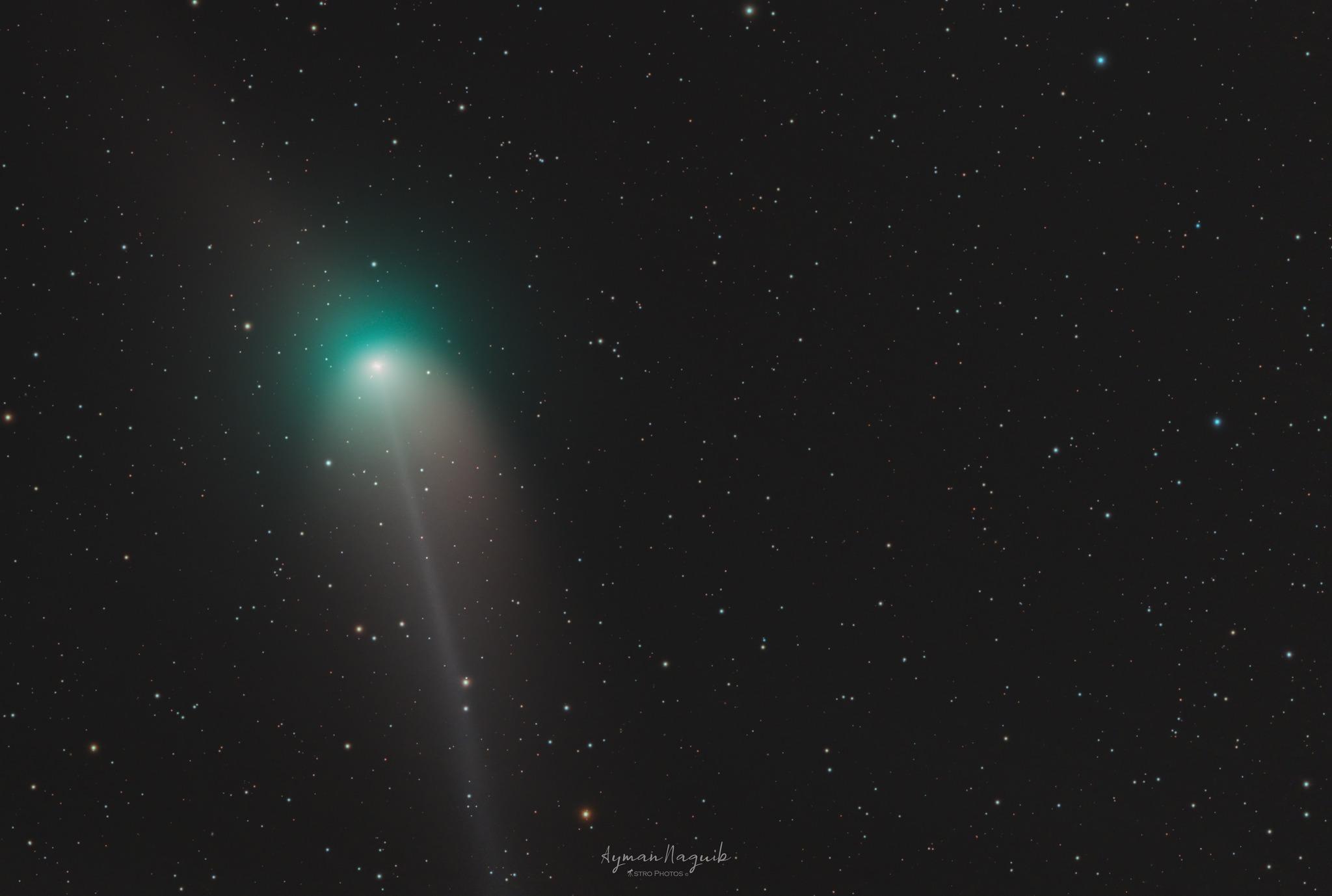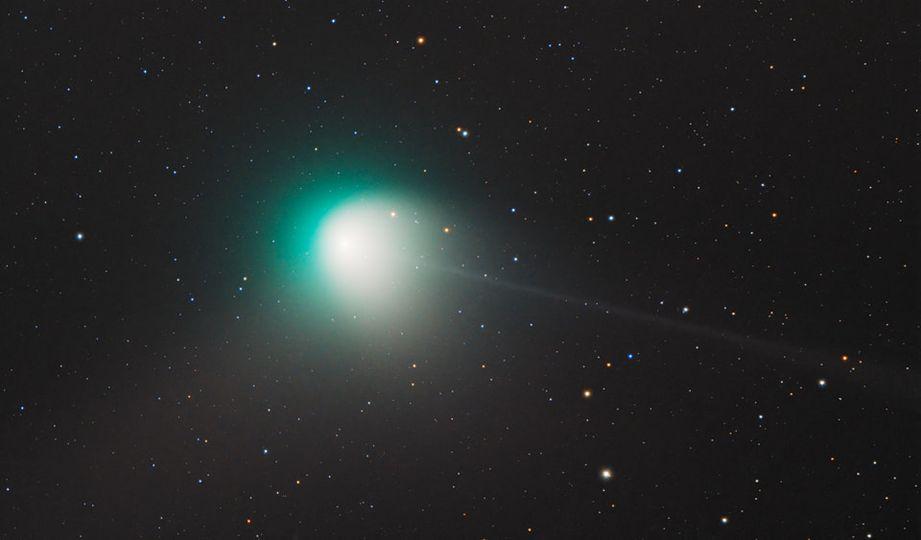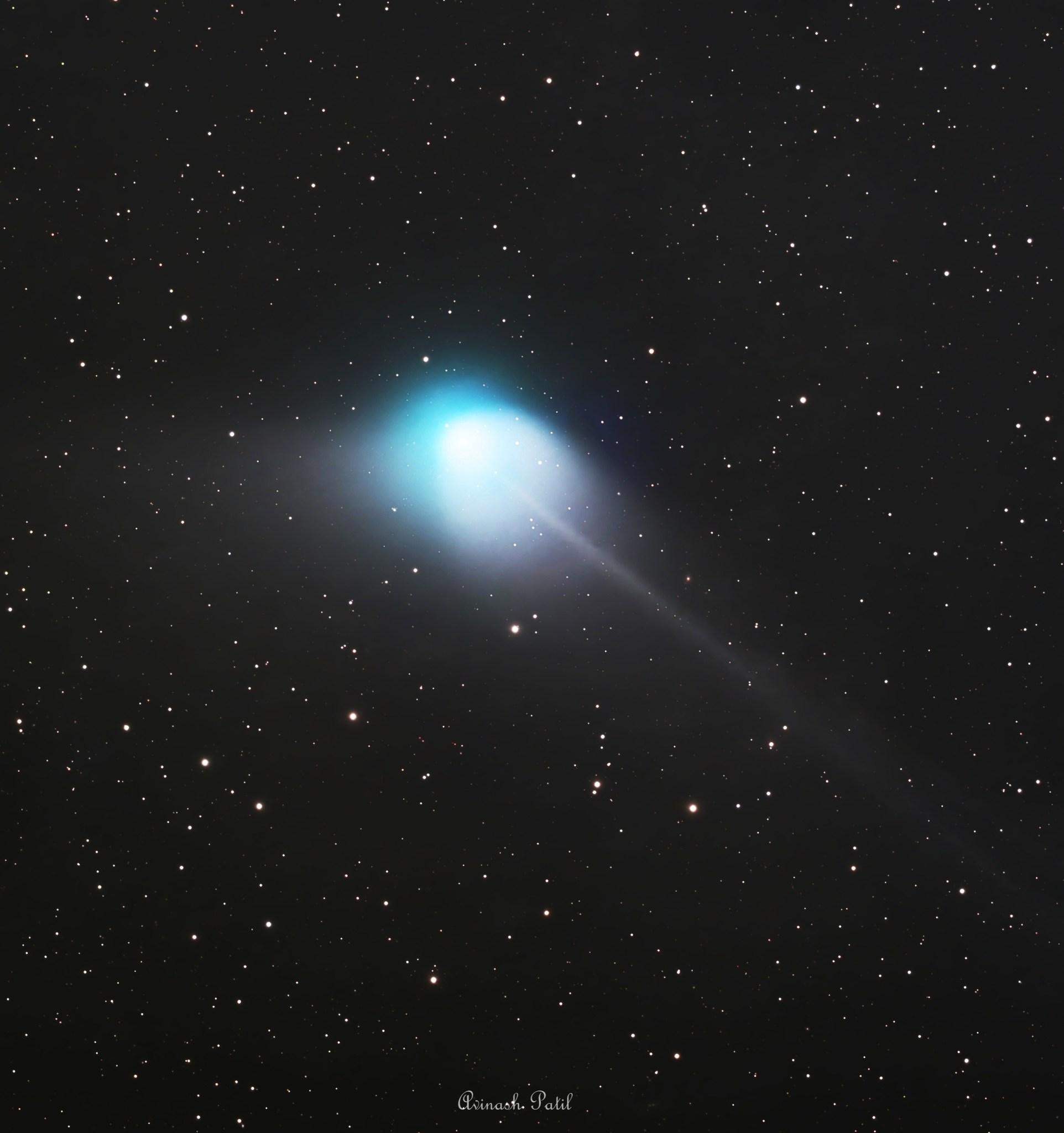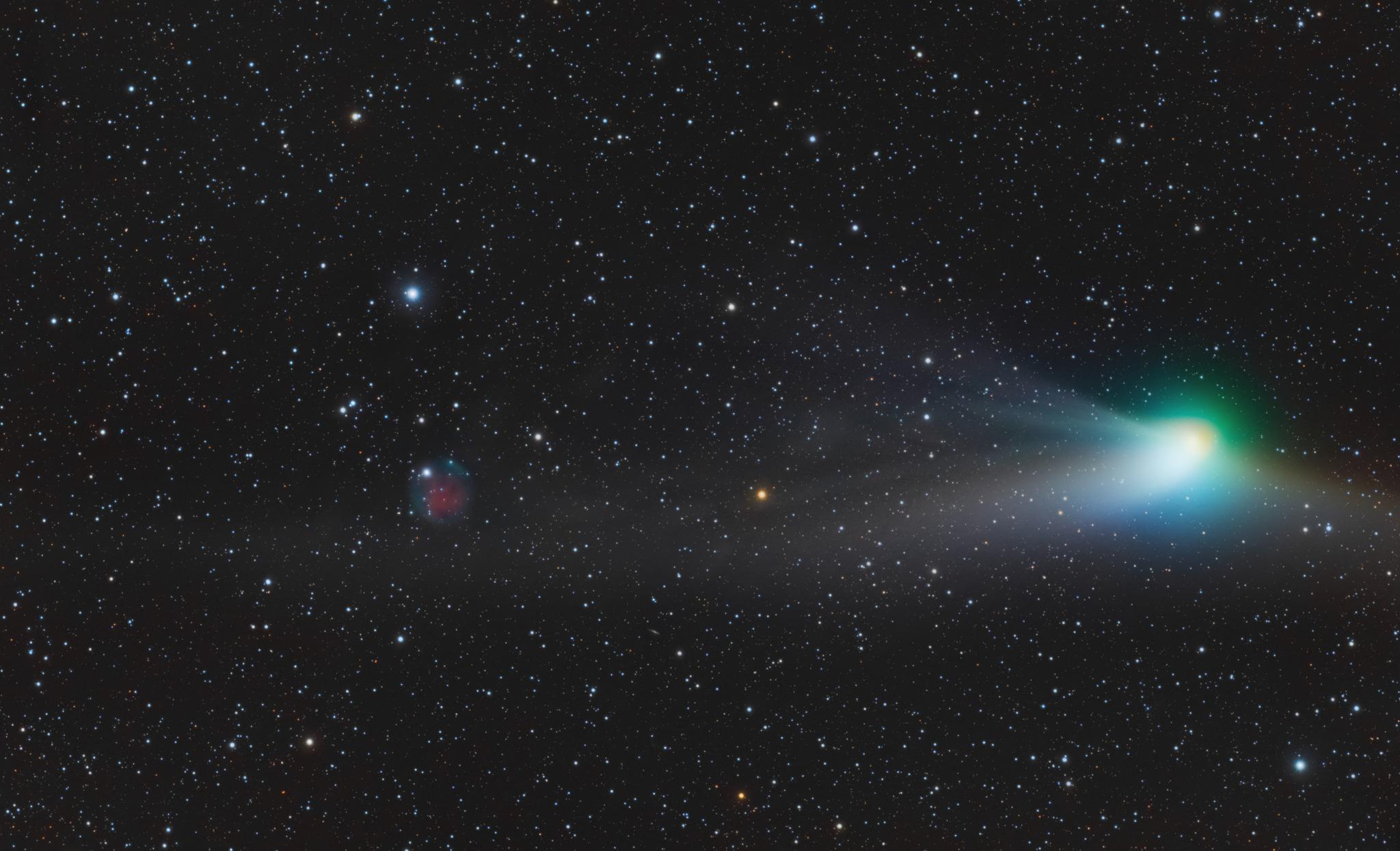Extraterrestrial, The Wandering Comet C/2022 E3 (ZTF)
Extraterrestrial, The Wandering Comet C/2022 E3 (ZTF)
Recently, a bright-green comet named C/2022 E3 (ZTF) like a blue-green sprite has attracted much public attention. We could see images of the comet everywhere.The comet was discovered by the Zwicky Transient Facility (ZTF) on 2 March 2022.
Did you capture this green sprite in the sky?
Comet C/2022 E3 (ZTF) was discovered on March 2, 2022 and is nicknamed "Neanderthal Comet" because its orbital period is 50,000 years, therefore the last time it approached Earth dates back to when on our planet lived the Neanderthal man.
On February 1, 2023 it will reach its closest distance from us and is supposed to be visible to the naked eye but currently at least good quality binoculars are required to observe it.
In my photo you can see the tail and the anti-tail of powders (grey/pale yellow) for a perspective effect. The tail forms a large fan and if we find ourselves on the same plane, we see it on both sides of the crown (the green area). Two other very long strips are also very well noticeable (the photo covers 3.6°) which are part of the ionic tail composed of ionized molecules.
Photographing comets is a complex job because they move at a different speed than the sidereal one, so the compensation of the earth's motion is not effective. Advanced processing techniques are therefore used which allow the position to be "frozen" at a point in space.
The lights were taken on 24-01-2023 in Taranto-Italy.
----------------------
Lights: 63x180s
Sky: SQM 20,60
Total exposure: 3 h
Telescope: Takahashi FS-60CB + Reducer 0,72x
Camera: Omegon veTEC 571C
Filters: Optolong Astronomy Filter LCCD
Mount: Skywatcher AZ-EQ6 GT
Processing: DeepSkyStacker, PixInsight, Photoshop CC
Image Credit: Tommaso Massimo Stella
Image Credit: Tommaso Massimo Stella, by Optolong UV/IR Cut filter
Presenting C/2022 E3 (ZTF) captured from my home backyard in the Bay Area
This is a stack of 125x120s exposures. Pre-processing was done using Astropixelprocessor to create a stack for the comet and a separate stack for the starfield. The two stacks were post processed and combined in Pixinsight. Final processing in Adobe PS.
Imaging details:
Esprit 120 + ASI2600MC + Optolong L-Pro
SkyWatcher EQ6-R pro + Evoguide 50+ASI290mm, controlled by ASIAIR Plus
Light 125x120s, flat 50, dark 50, darkfalt 50
Image Credit: Ayman Naguib
Image Credit: Ayman Naguib, by Optolong L-Pro fitler
Cometa C/2022 E3 ZTF
Telescopio Askar 500
Filtri Optolong LRGB
Camera Asi 2600 MM
Pose da 120 sec
Image Credit: Andrea Maggi
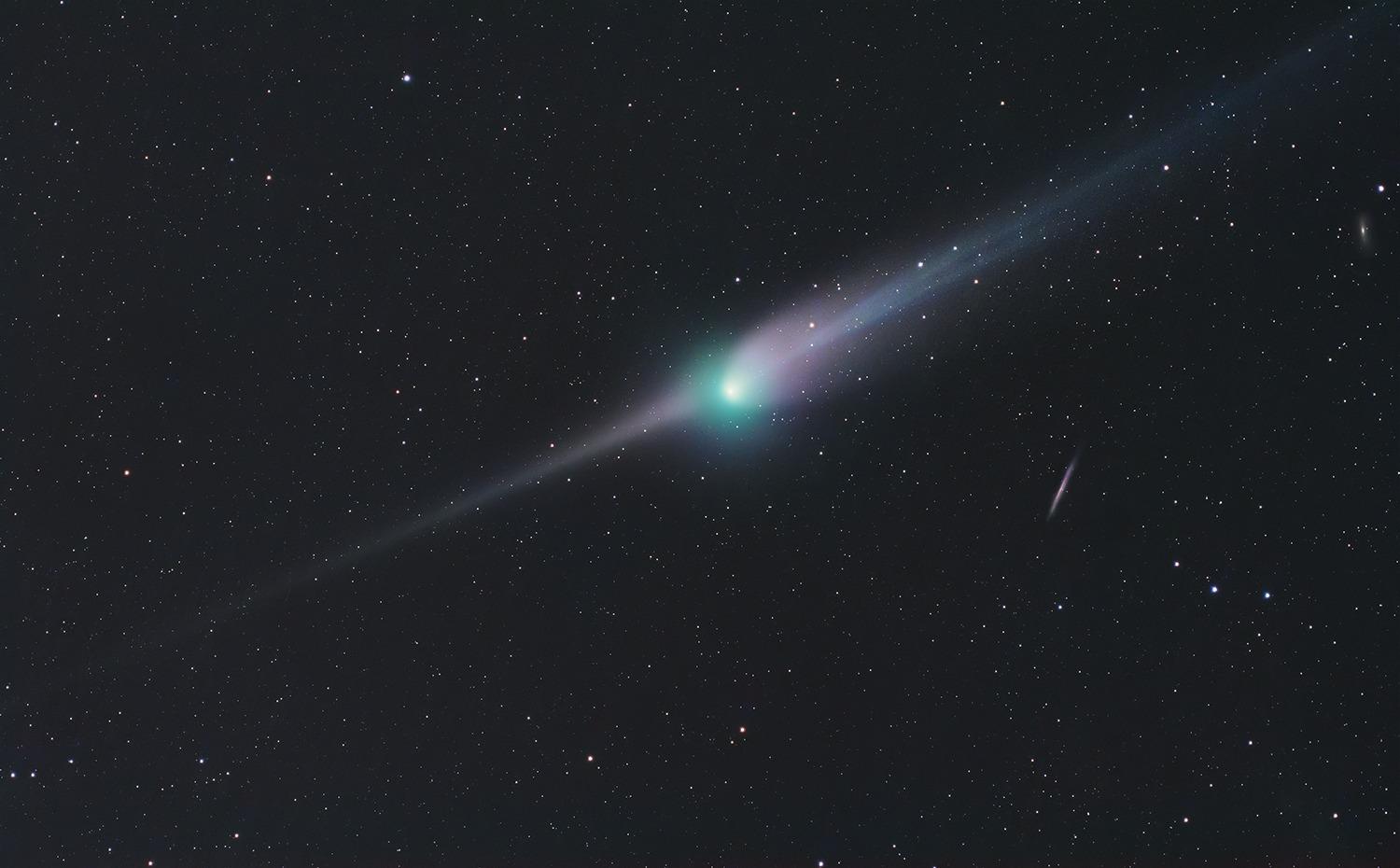
Image Credit: Andrea Maggi, by Optolong LRGB filters
Comet C/2022 E3 (ZTF)
131x30”
Asi2600 m3 at -20°C Gain 100
L-Pro filter optolong
Ts 115/800 at full focal length
Eq6r Pro
Guide:
Ag70
Asi224
With dark, flat and dark-flat
Choirs(Lt)
January 29, 2023
The Neanderthal comet photographed by my friend Emanuele Neri and elaborated by me.
the process was a bit long due to the double processing to prepare the masters. The first phase was created by running the normal wbbp with pixinsight where I'm going to create the Light master renamed "Stelle_Galassia" where I have the fixed stars and the crawling comet precisely because I performed a recording on the stars. Then with StarXTerminator I get two images, one with the streaking galaxy (which I rename "Comet" and one with stars only. Using Pixelmath and with the formula "$T-Comet" and applying it to the stars_galaxy image I get an image with stars only (renaming it Stelle) which seems very similar to the first starless of stars but in reality I find myself much less and less bright.
Now I proceed with the comet alignment with the "Comet Aligment" process, where I load all the images present in the Registered folder. Then I press on show First light to open the first light, I apply a stf and with the mouse and left button point the nucleus and a reference circle will be created that delimits the whole area of the comet's nucleus. Then I go to show last photo and do the same thing. Now I have to make the reference of the light where they will all be aligned and usually the central photo is chosen by pressing on the left of the list. In the "Operandi" section I'm going to upload the photo that will be removed from the lights and I'll choose the file I saved with the name Stelle1 and I'll check the "Stars Aligned" item. I launch the process and in the output folder I will find all the files aligned to the comet.
At this point Image integration opens, I load the lights aligned to the comet.
In the Image integration window I'm going to put:
Average in the combination,
in Normalization I put " No Normalization"
and in the Wheight I put " Don't care.
In the Pixel rejection 1 window I put:
Rejection algorithm: winsorozed sigma clipping
Normalization: Scale+zero offset
In Pixel rejection (2) I am going to modify the value of "Sigma High" (in my case I set 1.5) which will be used to clean the final master from the stellar residue left over from the previous comet alignment process.
Once obtained the master "Comet" with pixelmath I'm going to add the two files "Stars + Comet" and I will get the final photo. The problem with this procedure that immediately catches the eye is that there must be a high crop factor (if you use a long focal length the problem could be invasive) but the beauty of this process lies in not having to go and remove the streaks of the stars that were obtained with the previous methods.
I thank my friend Riccardo Sgaramella for posting a video on his YouTube channel where he explains this procedure exhaustively.
https://youtu.be/hykW0fM36yU
What I described above is all done in the linear phase. Then we proceed to the elaboration of the resulting master with the methods that each of you uses.
Here is the link of my elaboration where you can see the photo in high resolution. https://astrob.in/full/ix1f5i/0/?real=
Image Credit: Mirko Tondinelli
Image Credit: Mirko Tondinelli, by Optolong L-Pro filter
C/2022 E3 (ZTF)
New comet was discovered by Zweiki Transient Research Facility in March 2022. C/2022 E3 comet is also called "Neanderthal Comet" because orbital period of this comet is 50000 years. When last time this comet was in inner solar system and close to earth Neanderthals were still living on planet earth. C/2022 E3 just passed by earth on February 1, 2023.
Since end of the December 2022 most of the armature astrophotographers were trying to observe and capture this rare object. As it was life time opportunity to capture and observe something which wont be here for next 50000 years. I went to dark site on January 27, 2023, along with fellow armature astrophotographers from Mumbai and observed and captured this comet and made new friends.
Not really happy with the results as I had to delete half of the data due to various reasons.
====================================
Equipment used:
William Optics GT71 with 0.8x reducer
ZWO ASI533MM Pro
ZWO AM5
ZWO Asiair Plus
Optolong 36mm LRGB filters
Integration:
Total Integration 1h 10m
L 10x120s (20m)
R 8x120s (16m
G 8x120s (16m)
B 9x120s (!8m)
Processing: PixInsight and Lightroom
Location and Bortle Scale:
Shahapur, Maharashtra, India
Bortle 3
Image Credit: Avinash Patil
Image Credit: Avinash Patil, by Optolong LRGB filters
Hi there,
Here is our contribution to the comet of the moment.
During our stay at the Observatoire des Baronnies Provençales, we took the opportunity to shoot C/2022 E3 (ZTF).
I wanted to experiment by trying a session with the Optolong Astronomy Filter L-Ultimate to see what would come out in Ha and Oiii, while Yann Sty did the RGB acquisitions.
The surprise was to discover a small PN in our field.
After some research it turns out to be Jacoby 1.
The small galaxy UGC 9853 is also in the field.
The full version is here as well as the description of the material: https://www.astrobin.com/full/tbi61a/0/
Yann's gear and exifs :
Takahashi FSQ-106EDX
ZWO Astronomy Cameras 2600MM Pro
Antlia Astronomy Filter LRVB 36mm
20x60s in RGB
70x60 in Luminance
My gear and exifs :
Takahashi FSQ 85 EDX
ZWO Astronomy Cameras 2400MC Pro
Optolong Astronomy Filter L-Ultimate
41x600s
Clear sky to all !
Image Credit: Nicola Martino
Image Credit: Nicola Martino, by Optolong L-Ultimate filter
La cometa C/2022 E3 (ZTF) è stata scoperta il 2 Marzo 2022 e viene soprannominata "Cometa di Neanderthal" perchè il suo periodo orbitale è di 50000 anni quindi l'ultima volta che si è avvicinata alla Terra risale a quando sul nostro pianeta viveva l'uomo di Neanderthal.
Il 1° Febbraio 2023 ha raggiunto la minima distanza dalla terra a circa 42 milioni di km.
Nella foto sono visibili coda e anticoda di polveri (giallo pallido), la chioma (verde) e parte della coda ionica composta da molecole ionizzate.
Light 48 x 120” filter: Optolong Uv-Ir cut
+dark, flat e darkflat
Camera: Asi 294 mc pro
Telescope: Sharpstar 94 EDPH 517mm F5.5 reduced to 413mm F/4.4
Guide camera: Asi 120 mini Filter CLS
Guide scope: 50-190mm
Mount: Skywatcher Eq 6-r Pro
Acquisition: Asiair Plus
Software: Pixinsight – Photoshop
Shots:
24/01/2023 Manduria (TA)
Italy
Author: PRO’ GIACOMO
Image credit: PRO’ GIACOMO, by Optolong UV/IR Cut filter
Regarding of capturing a comet, the best filter is broad-band filter type. We highly recommend that Optolong L-Pro, LRGB, UV/IR Cut filters to you.
Optolong L-Pro is a multi-bandpass filter which offers better color balance by maximizing the transmission band. If you would take comet photos with a OSC or a monochrome cameras at a light polluted area, the L-Pro is the best choice for light pollution suppression.
The Optolong LRGB filter set is designed for maximum contrast and with extremely high gradients for clear differentiation of colors. The ideal raw material for image processing in the sRGB color space is available with LRGB filter set and mono CCD camera.
Optolong UV-IR cut filter is designed for ultraviolet and infrared wavelength blocking to improve sharpness of the image as most of the optics are designed for the visible spectrum. Use with monochrome cameras for astrophotography.
On 10 to 11 February, the comet will pass 1.5 degrees from Mars and, on 13 to 15 February, will pass in front of the Hyades star cluster. Then it’s back to the Oort Cloud for this interloper. Like most comets from this distant realm, its C/2022 E3's first journey to the inner solar system, and we'll likely never see it again.
We don’t have much time left for hunting the wandering Comet, if you have telescope, camera, filter, you might as well observe and photograph to record what you’ve seen in the early 2023. And then, say goodbye to the “Extraterrestrial”: ‘Little sprite, thanks for your visit, and good luck on your space journey! ’

